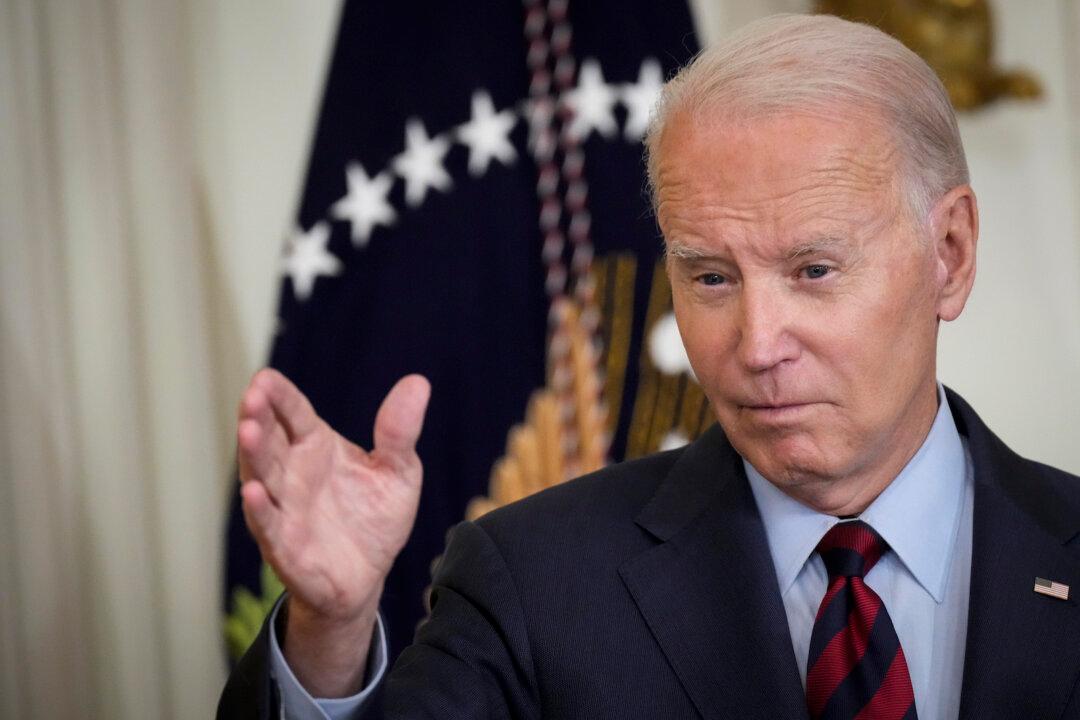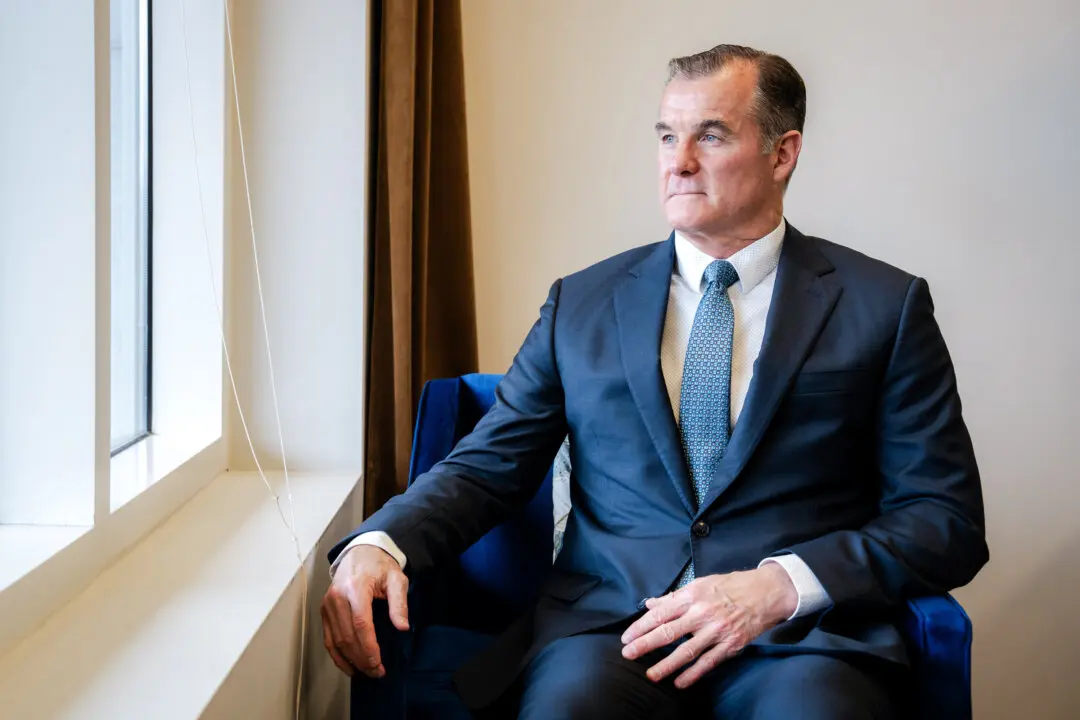In June, President Joe Biden began an “Investing in America” tour to explain across the country how “Bidenomics” is working to improve the economy. But only 3 in 10 Americans think the economy is improving, according to a new Monmouth University poll.
In recent weeks, Mr. Biden has campaigned on the slogan “Bidenomics,” associating his policymaking with improvements in unemployment, inflation, and economic growth. But the majority of Americans aren’t seeing this growth, according to the poll.





